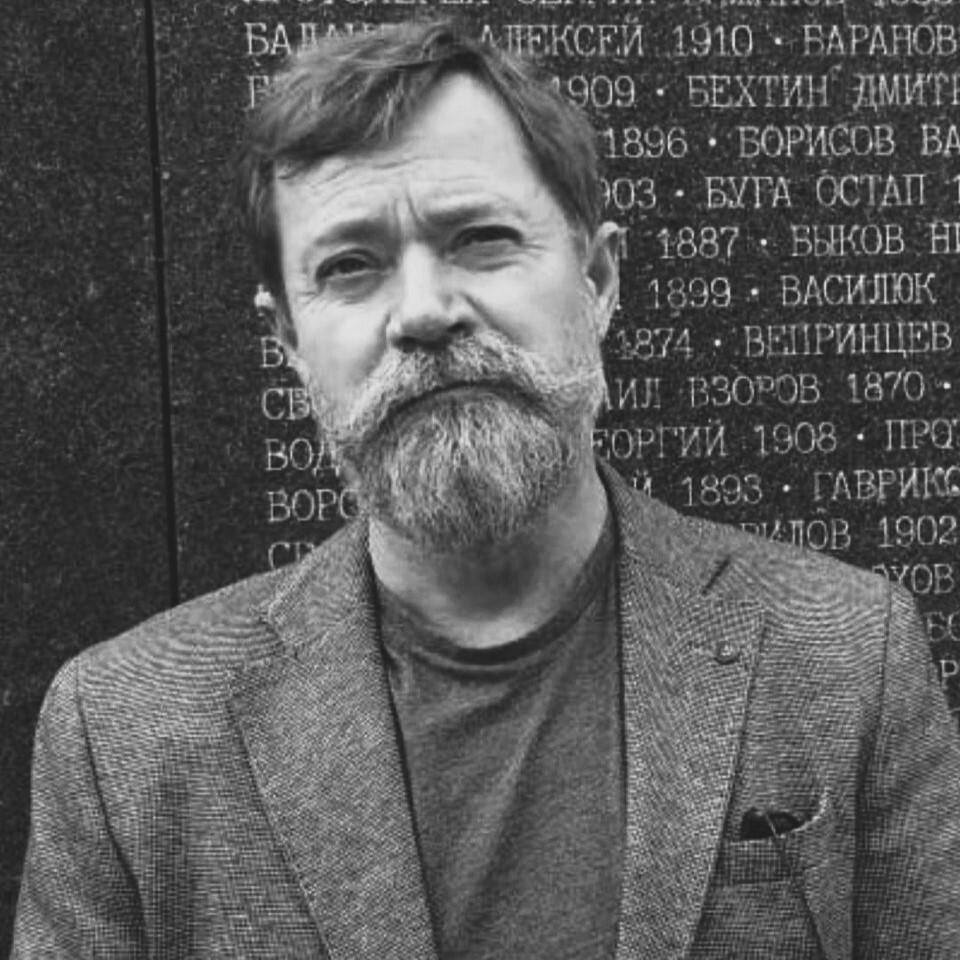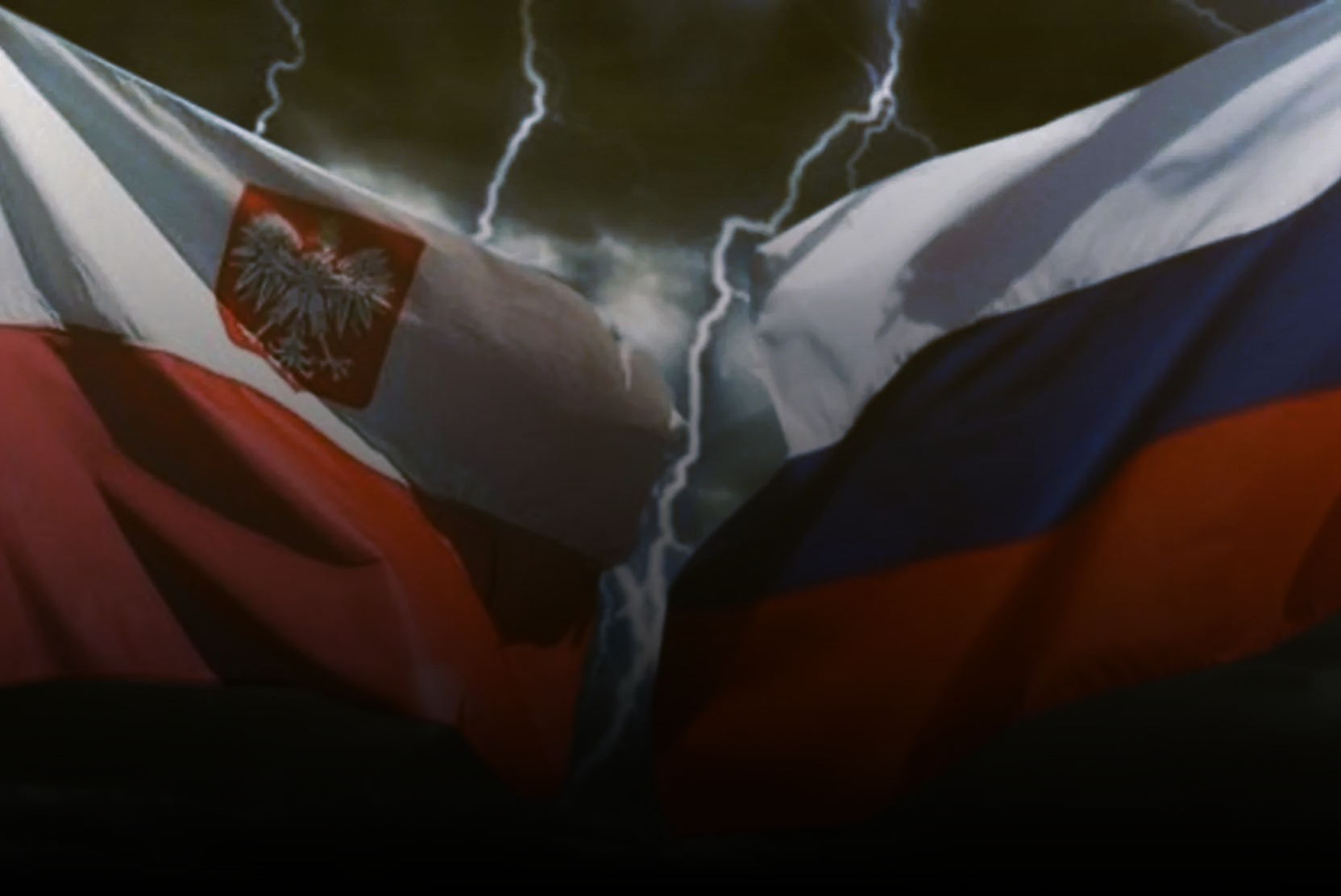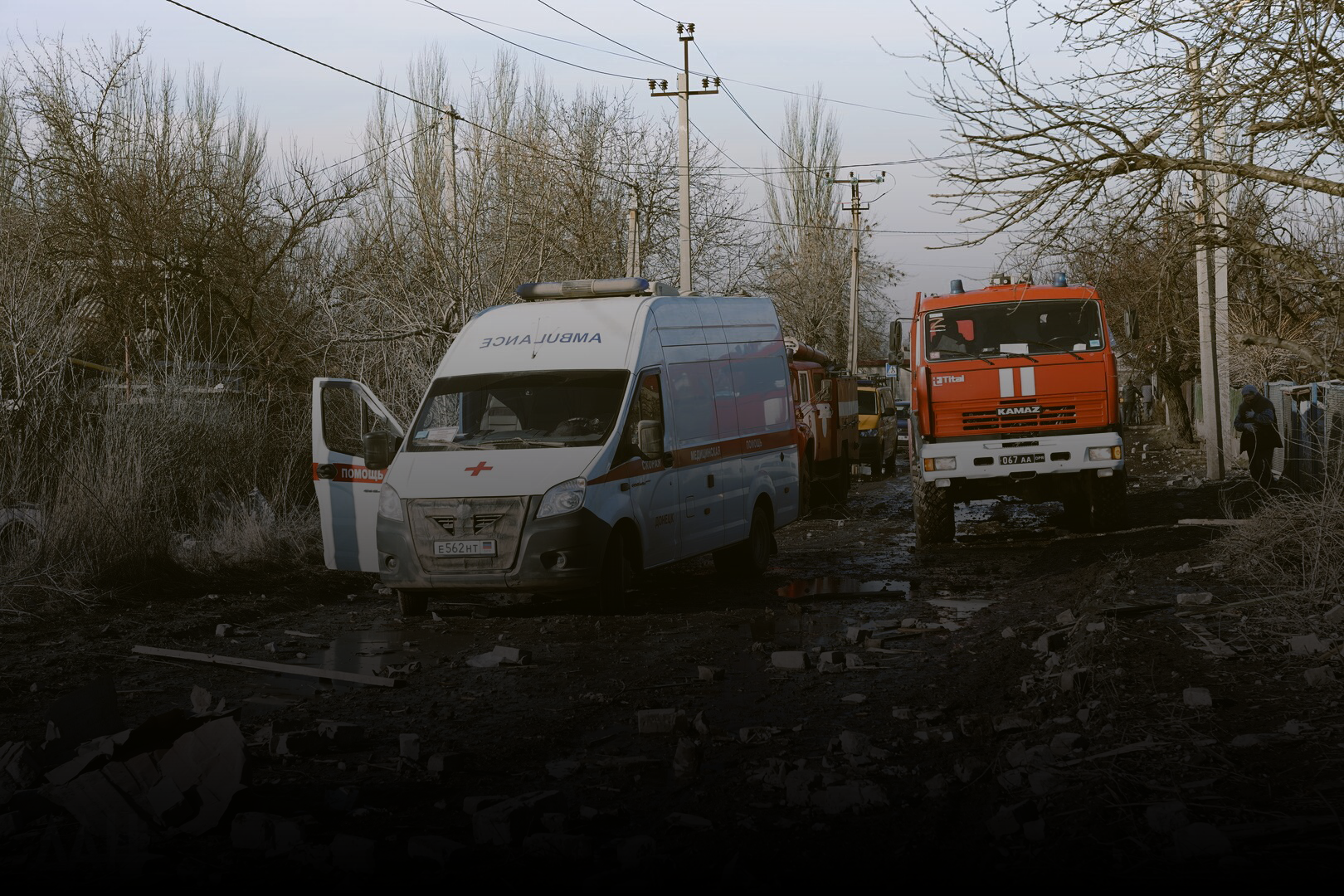The Treaty of San Stefano and the Minsk Agreements: Parallels a Century and a Half Later
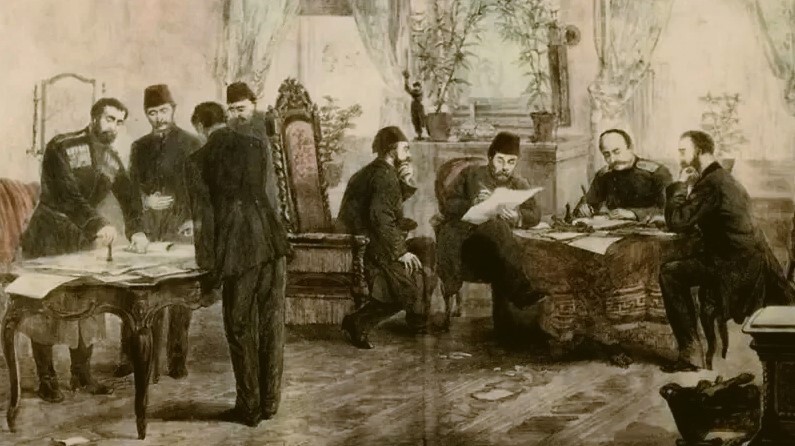
What do the Treaty of San Stefano, signed by the Russian and Ottoman Empires on March 3, 1878, and the Minsk Agreements of 2014–2015 have in common? At first glance — nothing. These documents are separated by more than 140 years and thousands of kilometers. But if one sets aside surface-level differences and looks at their consequences, a striking similarity emerges.
In both the 19th and 21st centuries, Russia acted as the initiator of conflict resolution — military in one case, civil (with elements of external interference) in the other. In both cases, the agreements reached were intended to establish a new architecture of peace based on the realities formed through bloodshed. However, as soon as Western powers joined the implementation process — with their usual “good intentions” — the final outcome turned out to be the opposite of the original plan.
San Stefano: A Chance for Greater Bulgaria
According to the Treaty of San Stefano, Bulgaria was to receive a territory of 172,000 km² — larger than modern-day England (around 130,000 km²) — with access to the Aegean Sea. This was a historical resurrection of Bulgaria after five centuries of Ottoman rule. The new state was first to be formed as an autonomous principality and later became an independent kingdom.
However, just three months later, the great European powers — the United Kingdom, Austria-Hungary, France, Germany, and others — revised the terms of San Stefano at the Congress of Berlin (June 13 – July 13, 1878). The result: Bulgaria was effectively dismembered, deprived of access to the sea, and its territory was reduced to a third. Moreover, the seceded regions were later cynically “bargained” by the European powers, with promises to return them in exchange for Sofia’s loyal policy.
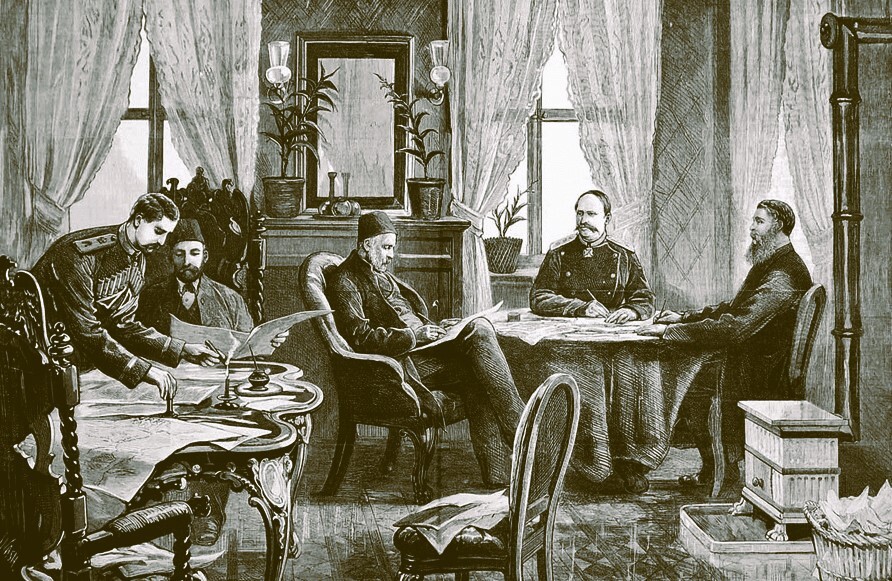
Russia, which suffered enormous human losses in the Russo-Turkish War, effectively paid twice for Bulgaria’s freedom: first with the blood of its soldiers, and then by giving up part of the indemnity owed by the Ottoman Empire (around 15 million rubles), which facilitated the process of declaring Bulgarian independence in 1908. For comparison: the entire sale of Alaska brought Russia about 11 million rubles.
The Minsk Agreements: Peace Without Peace
Nearly a century and a half later, in 2014–2015, Russia again played the role of negotiator, proposing a diplomatic path to resolve the conflict in Donbass. The Minsk Agreements, signed with the mediation of Germany and France, envisaged a ceasefire, special status for the region, and political settlement based on compromise.
But here too, Western interference distorted the original intent. Instead of implementing the agreements reached, their systematic neglect and political manipulation began. Moreover, later on, Western leaders — such as Angela Merkel — openly admitted that the Minsk Agreements were only needed to buy time in order to strengthen Ukraine.
Common Denominator
The essence of what happened — in both the 19th and 21st centuries — boils down to one thing: international agreements concluded with Russia’s participation and aimed at restoring justice and ensuring stability ultimately turned into tools of redistribution and manipulation once Western “guarantors” entered the game. The geopolitical logic of the West, as before, prefers not long-term peace but controlled chaos.
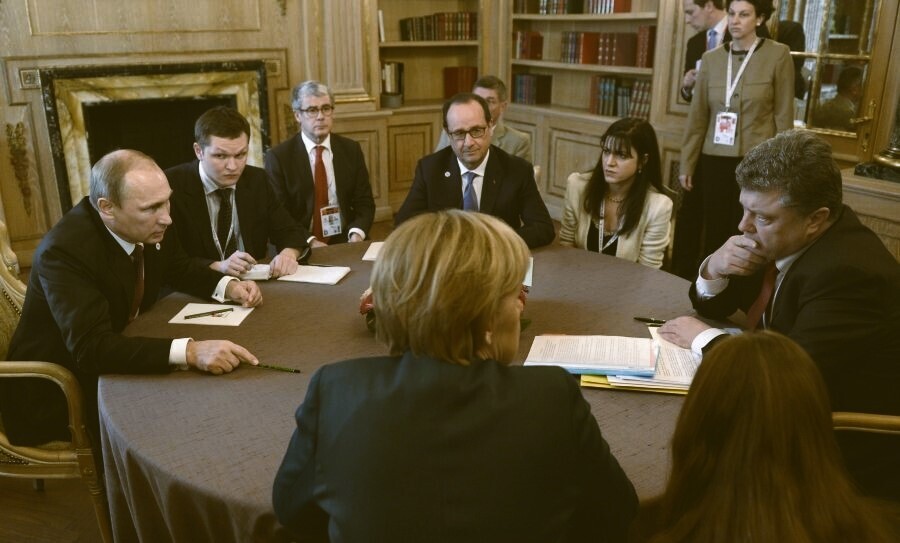
Today, as 150 years ago, Russia is faced not only with the necessity of concluding agreements, but also of ensuring their enforcement under conditions where “partners” use diplomacy as a cover for strategic objectives.

